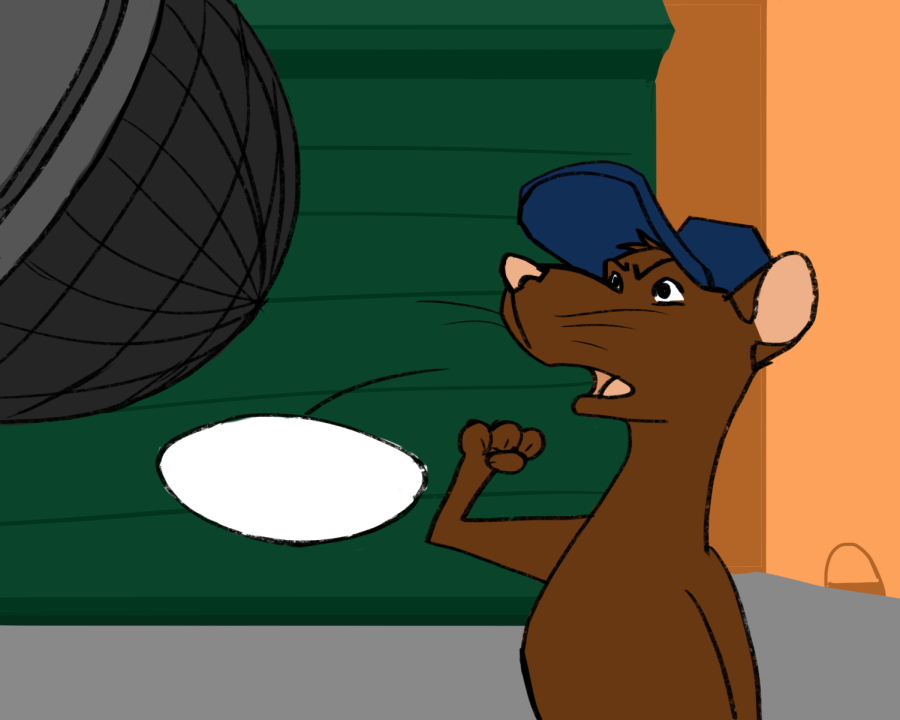Rodent Residents: An Alternative Perspective on our Fellow Cantabrigians
February 6, 2022
Let’s cut straight to the cheese. Rats get a bad rap for being filthy little disease carriers, known by the derogatory term, “vermin.” However, the mainstream media neglects the systemic oppression of our furry and friendly neighbors, perpetuating their strife and failing to find them the justice they deserve. Thankfully, the very Register Forum you “hold in your hands” prides itself on being anything but “mainstream.” Nay, we are trailblazers, innovators of journalism! The rats will be done justice today.
In a 2009 study published by RIT1 inspired by the smash-hit Pixar film, Ratatouille, it was discovered that through signal transduction pathways connecting the bases of hair follicles to sensory nerve fibers, the motion of the hair triggers paracrine signaling to the prefrontal cortex, controlling decision-making and motion. In layman’s terms, rats can control humans.
In the years since the publication of this research, rats have quietly made their way into the human workforce, assisting those who struggle with fine-motor skills to perform their jobs. Shortly thereafter, an incident between interspecies coworkers involving miniature pink fluffy handcuffs and hush money sparked national discourse regarding the humane treatment of non-human workers. Consequently, the Rat Civil Liberties Union (RCLU) found victory in the landmark US Supreme Court lawsuit, Remy v. Linguini, finally winning rats, service animals, and other furry laborers the right to union protection.
Unionization was a step in the right direction, but the battle is far from over. The Register Forum spoke with Furiela Pipsqueak, a single mother of six young pups born last spring. Pipsqueak had been working as a lab technician’s controller at a Cambridge biotech company, but was fired after being accused of scampering around company grounds after-hours. “Human employers don’t take rat unions seriously,” Pipsqueak squealed through dramatic sobs. “We simply do not have the resources!”
According to CRLS alumnus and rat enthusiast Gabriel Traetti ’21, Cambridge Public Works is the largest rodent employer in the greater Boston area—as of last year, a staggering 55% of Cambridge’s employed rats are affiliated with The Works. However, public works workers such as rubbish truck operators and landscapers are “seasonal,” nine-week appointments without union protection. As a result, the majority of working rats in this town suffer from persistent financial uncertainty.
Every Cantabrigian has seen a rat [citation needed]. CRLS student Elisa Alvarez-Rosenbloom ’24 told the Register Forum about her life-altering experience with a rat at her place of worship. “I once locked eyes with a rat in the parking lot at my synagogue; in that passing moment I experienced a connection like nothing I’d ever felt before. Ever since, I’ve been filled with empathy and love for these innocent little folks.” Months later, she founded CPS4Rats, a rat rights education and community action program. The organization continues to foster interspecies allyship, and is always looking for more ways to help the rat public. “I just want everyone to recognize that rats are people too.”
1 – Hint: the “R” does not stand for “Rochester”










